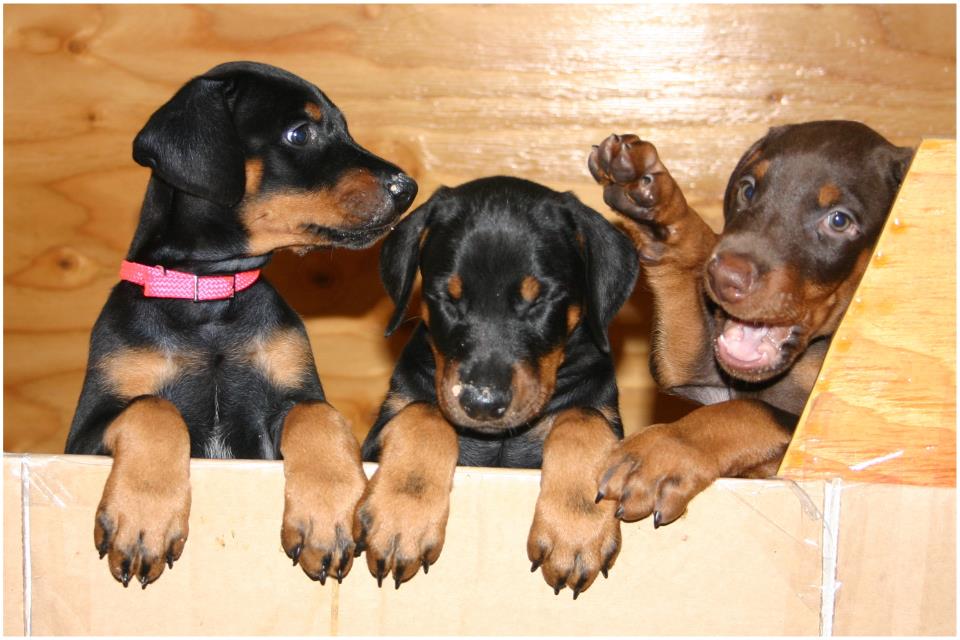In yesterday’s podcast episode, I answered five of the most common questions dog owners have about their dogs — covering health and wellness, behavior and training, emotions and stress, relationships and communication, and lifestyle and enrichment.
For this week’s blog and newsletter, I’m diving into two more questions from the list — starting with one that every dog owner asks at some point:
Health and Wellness: What’s the Best Diet for My Dog?
Choosing the right diet for your dog can feel overwhelming. There’s so much information out there — and what works beautifully for one dog may not work at all for another (even within the same household!).
It’s tempting to feed all your dogs the same food for convenience, but for optimal health, it’s important to see each dog as an individual. While their general nutritional needs may be similar, their systems can react very differently to certain ingredients. Food sensitivities can weaken the immune system and lead to issues like allergies, itchy skin, digestive upset, and even behavior changes.
Your dog will tell you if their food isn’t a good fit — you just have to know what to look for:
- Does your dog skip meals?
If your dog regularly skips meals, it could mean the food doesn’t sit well in their system. They might not feel good after eating it, or they simply dislike the taste. - Is your dog unusually gassy?
Occasional flatulence is normal, but if your dog’s gas is clearing the room, it’s a strong sign their food isn’t being digested properly. - Does your dog defecate more than twice a day?
Frequent bowel movements can mean your dog’s body isn’t fully absorbing the nutrients in their food. - Is their stool consistently soft or loose?
Healthy stools should be firm but not crumbly. Ongoing soft stool is another sign that your dog’s gut isn’t processing nutrients efficiently.
If you answered “yes” to any of these, it’s time to re-evaluate your dog’s diet. Start by looking closely at the ingredients. For example, if your dog is currently eating salmon-based food, try switching to turkey or another protein source. However, if your dog reacts to multiple ingredients — like certain fats or carbohydrates — you may need a more targeted approach.
Rather than guessing and buying bag after bag of food to “test,” I recommend starting with a sensitivity test. These simple, at-home hair tests can identify which ingredients your dog’s body struggles to process.
One great option is 5Strands, a holistic health and wellness company that offers functional assessments for pets (and people!) from the comfort of home. You’ll receive a small test kit, collect a few strands of your dog’s hair, and mail it back. Within a couple of weeks, you’ll get detailed results showing which ingredients to avoid.
For less than the cost of a large bag of dog food, you can gain valuable insight into how to best support your dog’s health and nutrition — no vet visit required.
Lifestyle and Enrichment: How Do I Keep My Dog Mentally Stimulated?
When it comes to enrichment, the best place to start is with your dog’s genetics. Understanding what your dog was originally bred to do gives you valuable insight into their natural drives and instincts.
- Herding dogs love to herd.
- Guardian breeds feel secure when they have something to watch over.
- Toy breeds thrive on companionship and lap time.
- Terriers have an innate desire to dig and chase.
Every dog has unique needs shaped by both their breed and individual personality. Meeting those needs in healthy, appropriate ways helps your dog feel fulfilled, reduces stress, and builds a stronger bond between you.
One thing all dogs share is their love of sniffing. Sniffing isn’t just curiosity—it’s a form of mental exercise and stress relief. Dogs use their noses to explore the world, gather information, and calm their nervous systems. Allowing your dog plenty of time to sniff throughout the day is one of the simplest and most effective ways to support their mental health.
You can easily turn mealtimes into enrichment by encouraging sniffing and problem-solving:
- Scatter meals in the grass for a natural “find it” game.
- Use a snuffle mat to make eating fun and rewarding.
- Hide kibble or treats in rolled-up towels or cardboard boxes with recyclables.
These small changes transform an everyday activity into meaningful engagement.
Here are a few more creative ways to meet your dog’s mental and physical needs based on their instincts and preferences:
- Frozen food toys – perfect for cooling off and keeping them busy.
- Dig box – fill a sandbox with sand and bury toys or bones for your terrier or curious pup.
- Flirt pole – great for chase-driven dogs who love to move.
- Treibball – ideal for herding breeds that need a job to do.
- Remote-controlled car with a toy attached – fun for dogs that love the thrill of the chase.
- Scent games or “Sniffaris” – structured sniffing adventures that let your dog explore the world nose-first.
The key to enrichment isn’t constant entertainment — it’s purposeful engagement that taps into your dog’s instincts and gives them safe, satisfying outlets for their energy and curiosity.
When we take the time to truly understand our dogs—what they need, what they enjoy, and how they communicate—we deepen our connection in ways that benefit both of us. Join me next week as I continue answering more of your most asked questions and explore new ways to nurture a happier, healthier life for your dog.
